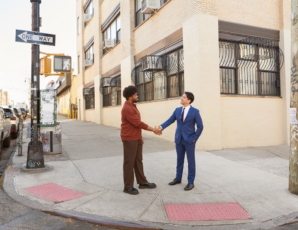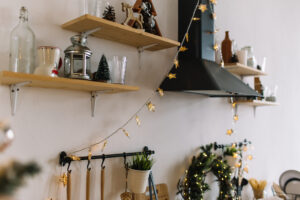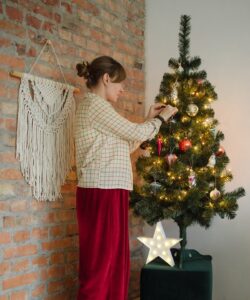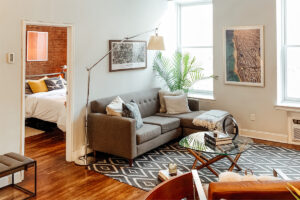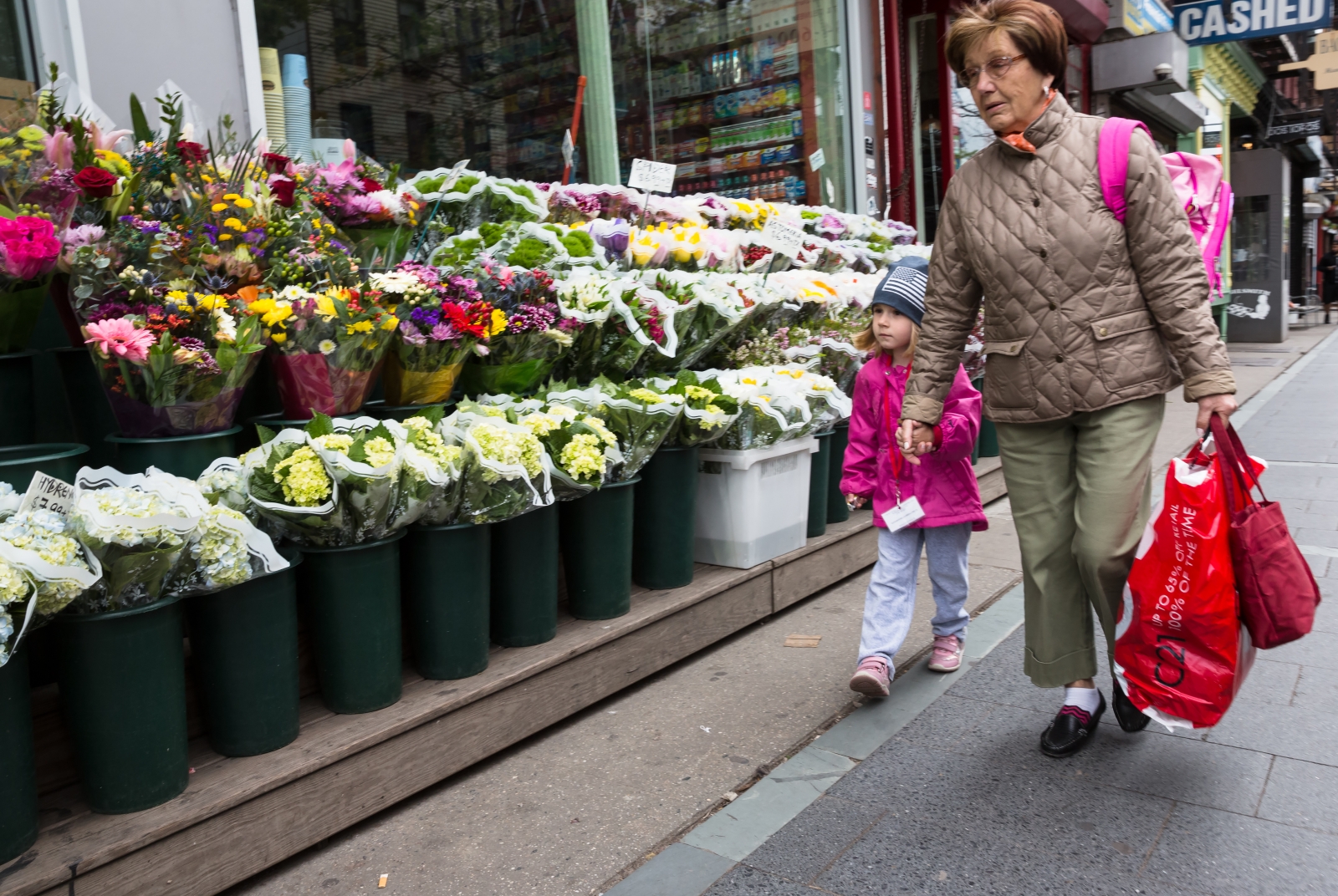
If you’re planning on staying in your New York apartment as you get older, you might want to consider certain design details.
When designing homes in New York, there’s a lot we cover with clients pertaining to how they want to live.
- Do they cook a lot?
- How child-friendly should the home be?
- How often do they entertain or have overnight guests?
- How do they want to feel in their homes?
But I’m hesitant to admit that one area where we’ve never really gone is their long-term plan, or, more bluntly, what will they do when they get older? But with the proportion of people over 65 projected to double by 2050, doctors and financial planners shouldn’t be be the only ones having the conversation.
If there are features that home designers can proactively and discreetly implement, it’s worth exploring. There’s a good number of design professionals specializing in this area, including Elissa Russo and Marianne Brower of Brower and Russo Interior Design. Their firm specializes in aging-in-place interiors —everything from minor modifications to full-scale renovations. They’ve shared several tips about things you can do now as you renovate and decorate, all without compromising style.
Bathrooms
Brower and Russo believe that overall, it’s important to remember that falls are the leading cause of injury to the elderly, and can lead to a tremendous loss of independence. Bathrooms call for extra attention. With floor tiles, “the more grout lines, the better,” says Brower. “If you do opt for larger tiles, they should have more of a slip-resistant texture to them.”

Linear drains offer better protection than center drains. From a design perspective, they are seamless and have a cleaner look. Photo courtesy Infinity Drain.
The ideal shower is a walk-in with no threshold (thresholds are a hazard throughout the home, Brower adds), with both wall-mount and hand-held showers. Center drains provide just enough of a decline to be slippery, so opt for one that is linear (like these options from Infinity Drain). Grab bars tend to take away from the aesthetic, but at some point they may be necessary. Russo suggests planning for them by putting in proper backing when doing the renovation.
Kitchens
In addition to fall prevention, ergonomics and safety are concerns here. Brower and Russo say it’s easier to retrieve things from storage drawers, rather than reach-in cabinets. An in-drawer peg system can keep items like plates from shifting around (see photo below).
With appliances, look for pull-out refrigerator drawers and wall ovens with doors that swing open to the side, rather than down. “You want to avoid putting yourself in a position where you may lose balance,” says Russo.
Lastly, you might consider varying the height of the counters, and having a portion of them at table height, so it’s easy to sit down while preparing food.
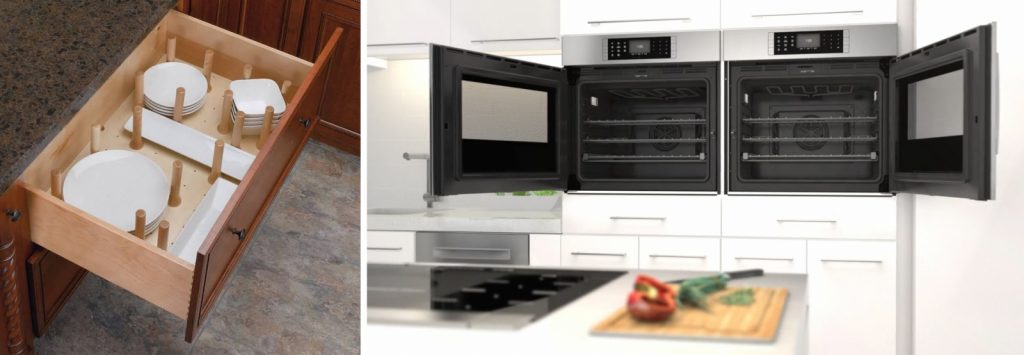
These peg systems from Rev-a-Shelf keep items in drawers from sliding around. And ovens with doors that swing open are the safest option; these can be found at AJ Madison.
Living Area
In living areas, it’s important that everything have its place. “You don’t want to be bending over looking for the remote control,” Russo says. She also reminds us that clutter can be a hazard, and encourages clients to rethink what to keep out. Furniture should be arranged to make sure that the clearances are sufficient for easy movement.
Bedroom
If you live in a home with more than one level, Brower recommends having a first-floor private space that can function as an accessible bedroom for the resident or a caregiver. Any bedroom should have adequate nighttime safety lighting at the floor level — perhaps motion-activated. Closets should be designed so that all storage is easily accessible.
Lighting
Lighting is also important for reducing fall hazards. “As we age, our visual acuity tends to diminish and we require more lighting,” Brower Russo explains in an article dedicated to lighting. “This is especially true in the kitchen and the bath, where good visual acuity is necessary.”
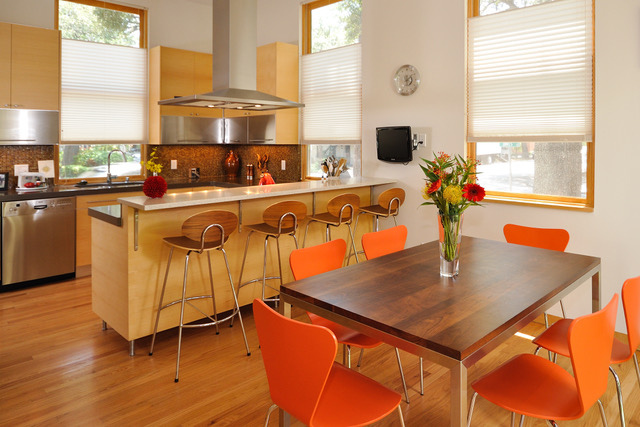
Daylight — or artificial light that is closest to daylight — is easiest on the eyes. Shading reduces glare, which can affect perception of space and can even lead to momentary disorientation. Image courtesy of Brower and Russo Interior Design.
“Natural light is the best, because it reduces eyestrain. If lighting levels are either too dim or are not within the true color (natural light) spectrum, level differentiation and depth perception will be more difficult. This is when falls are more likely to occur.”
For artificial light, bulbs with a color temperature closest to natural sunlight provide the most visual contrast. One to try: this LED option from Philips.
Throughout the Home
There’s a handful of details worth noting throughout the home. Shading systems are worth the investment; they reduce glare for all of us, but with elderly, glare can affect perception of space and even lead to momentary disorientation, Brower and Russo note.
On drawers and cabinets, opt for lever handles that are easier to grip than traditional knobs. With stairs, keep in mind that railings on both sides are ideal. Russo reminds me that it’s even possible to do this in a modern, discreet way, with a recess in the wall that follows the line of a railing.
As mentioned earlier, thresholds should be avoided. And with rugs, lower-pile varieties are ideal, but that’s something that you can easily change out later. One thing that is much easier to do ahead of time is plan on door openings that can accommodate a wheelchair and/or walker, ideally within an open floor plan.
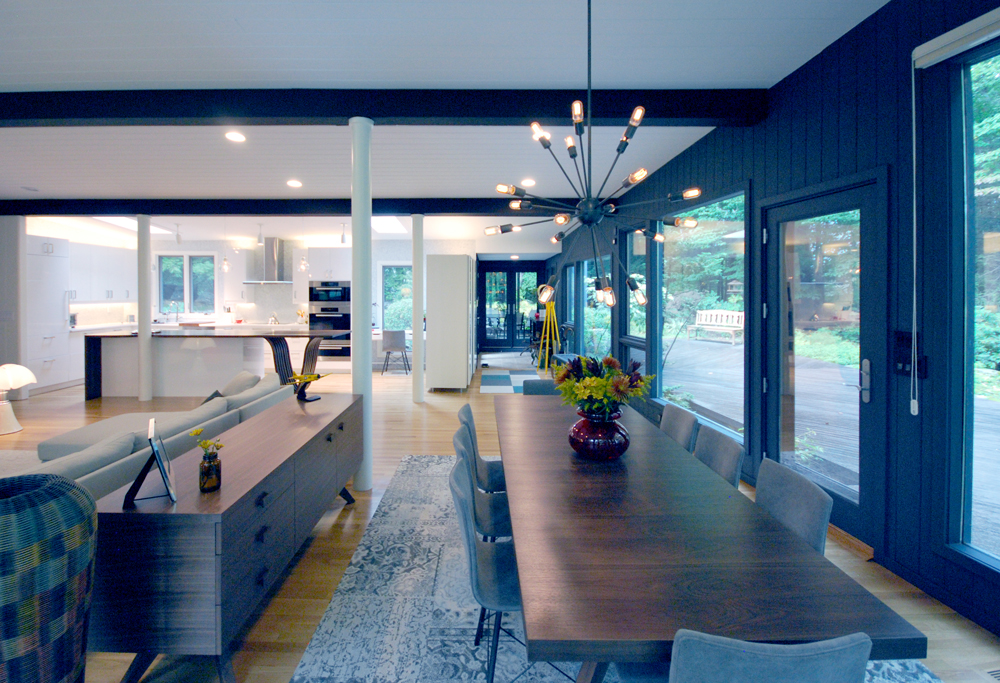
This Zimmerman Workshop design was for a young family, but it could work for an older person, too. An open plan is easy to navigate, there’s plenty of daylight and shading, and low-pile rugs set firmly in place, like these from FLOR, reduce the risk of tripping.
Additional Reading
For further reading, see two NYC-specific documents: Aging With Dignity: A Blueprint for Serving NYC’s Growing Senior Population and Aging in Place Guide for Building Owners. Also see the National Aging In Place Council. Lastly, this section of Brower and Russo’s website offers a helpful overview with visuals and product recommendations.
—
Hey, why not like StreetEasy on Facebook and follow @streeteasy on Instagram?
Related:
- 25 Things We’re Thankful For When It Comes to Living in NYC
- Finding the Holy Grail: 2BR Apts for $2K Per Month in NYC
- What Is a Condo Conversion, and Why Would I Want One?


